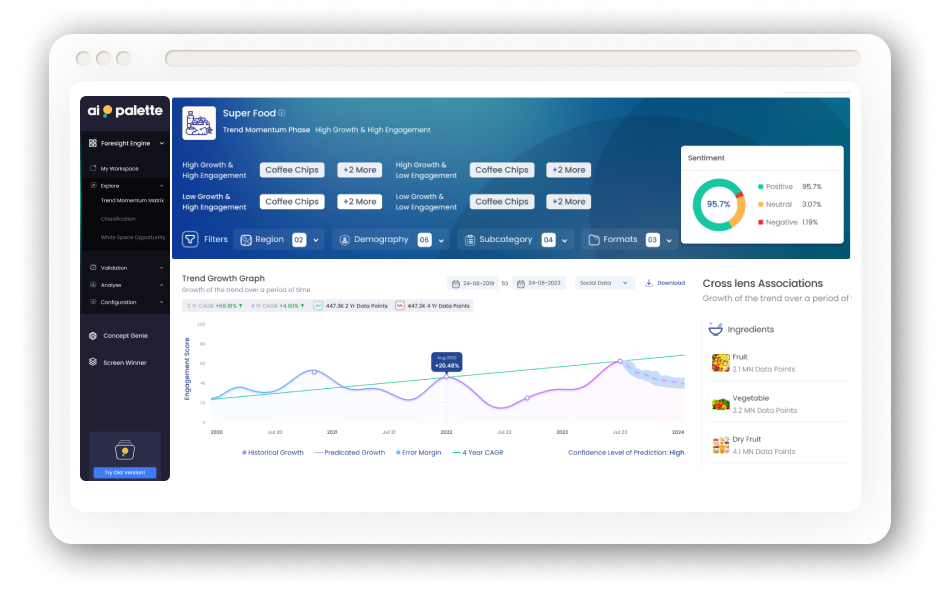Imagine strolling through your local supermarket, where the shelves are lined with products boldly claiming “natural,” “organic,” and “free-from.” The clean label products aren’t just catching up; they’re racing ahead, with a Compound Annual Growth Rate (CAGR) of 8% over four years, outstripping the total store sales growth rate of 6%. This isn’t merely statistics; it’s a testament to a seismic shift in consumer desires towards choices that promise purity, health, and transparency.
But what’s fueling this clean label craze? As governments tighten the reins on food labeling and ingredient transparency, they’re not just setting new rules; they’re crafting a new era of food culture. This legislative landscape is molding consumer expectations and pushing companies towards a transparency revolution. Think about it: every label telling a story of sustainability, every ingredient a whisper of wellness. This study isn’t just presenting facts; it’s sketching the blueprint of a future where clean label isn’t a niche but the norm, propelled by legislative wings and consumer demand.
Clean label products often include:
Clean Ingredients: Preference for ingredients that are natural or derived from natural sources, avoiding synthetic alternatives. With a 4-year CAGR of +14.9% the highest expressed persona of consumption depicted to be children with 47%.
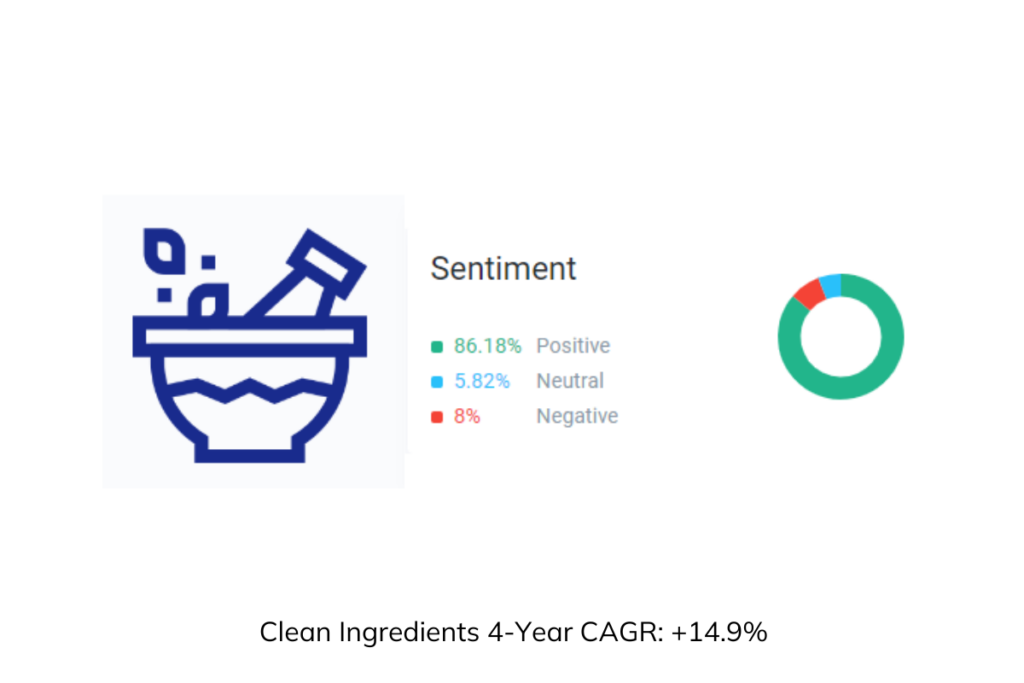
Transparent process: As you can see from the graph a 2 -year CAGR predicts +555.5 % growth in transparency meaning clear, straightforward labeling that provides consumers with comprehensive information about the origin, production process, and ingredient list of the product will be the norm.
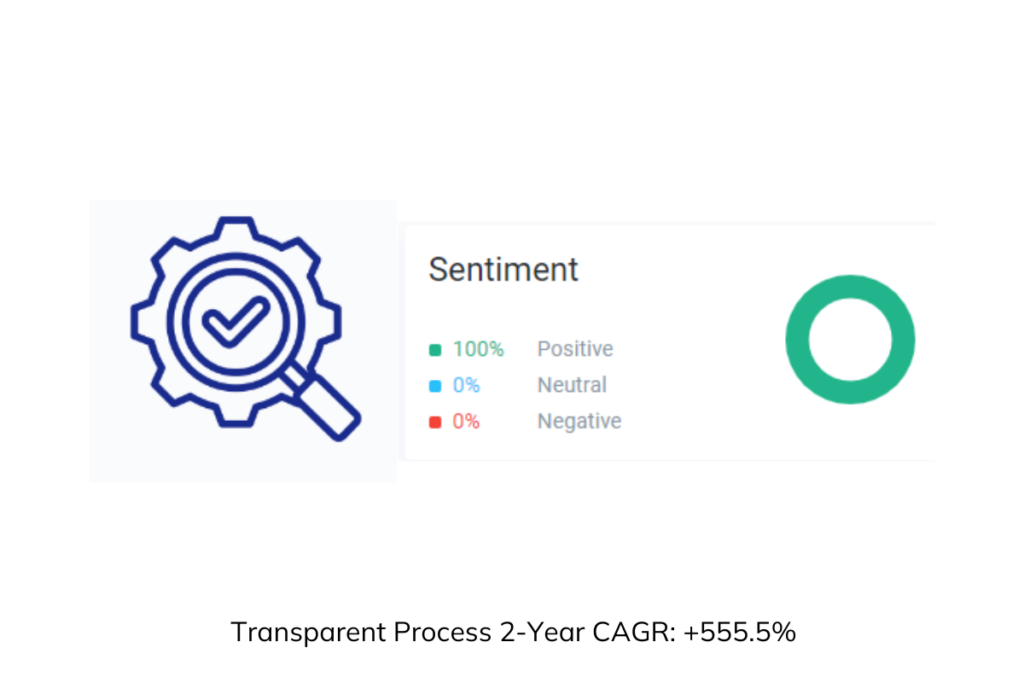
Minimal Processing: Processes that maintain the natural integrity of ingredients, avoiding excessive refinement or alteration have become the buzz and it proves to be true with a 4-year CAGR of +47.2% growth.
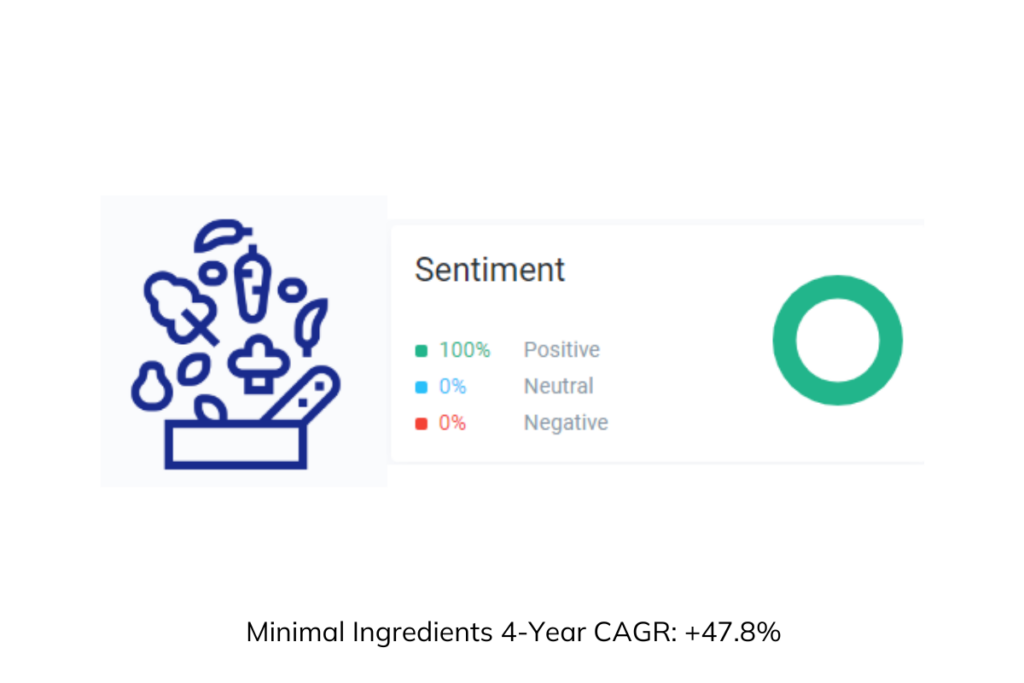
Free-from Claims: Labels often indicate the absence of undesirable ingredients or additives, such as “no artificial colors,” “no added preservatives,” “non-GMO,” and “gluten-free.” And it is now incorporated by brands as per consumer preferences shift with a 4-year CAGRof +65.6% growth.
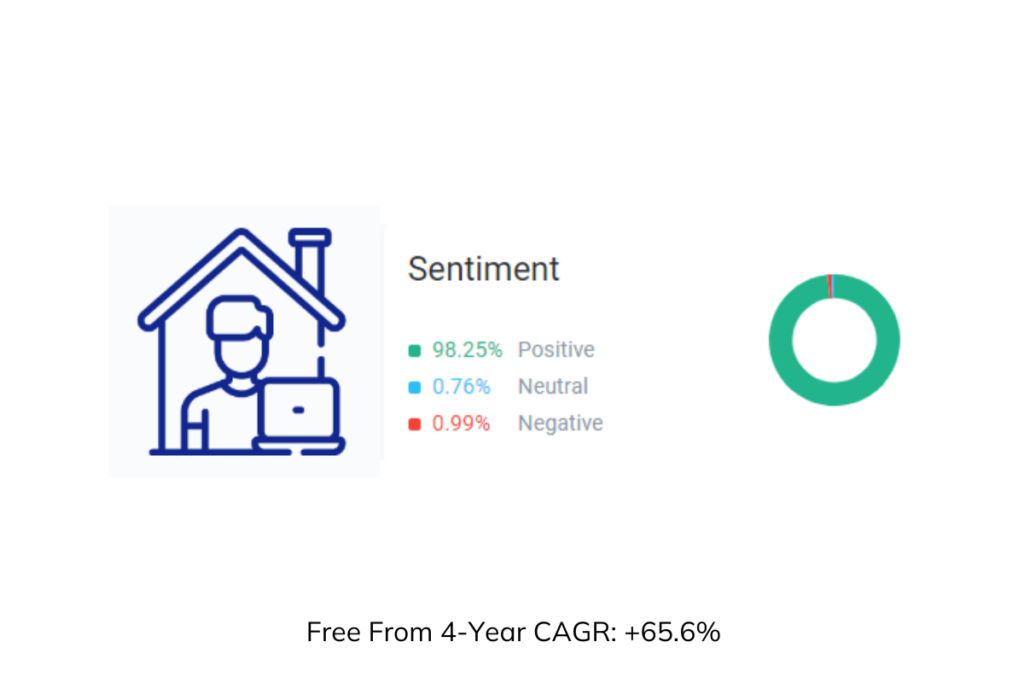
Sustainability: Emphasis on sustainable sourcing and production practices, reflecting a broader concern for environmental impact and ethical considerations. To prove that here’s a growth graph that shows a 4-year CAGR of +24.7%.
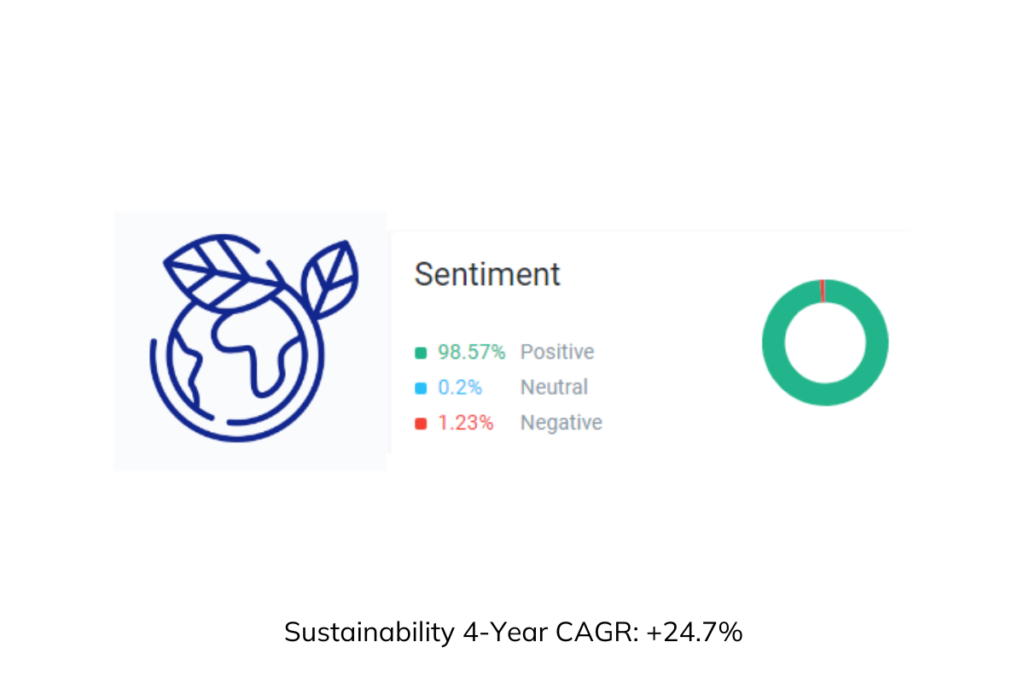
Clean label products highlight a consumer-driven movement towards food and beverages that not only contribute to personal health and wellness but also align with broader values of sustainability and transparency. As the clean label trend continues to evolve, it is shaping the future of food production and marketing, encouraging brands to innovate and align with these growing consumer expectations.
Rise of clean label

We live in a world where 83% of people can walk into any store and instantly recognize what a clean label product looks like. It’s not just a number; it’s a testament to how deeply the quest for natural, healthier, and eco-friendly options has penetrated consumer consciousness. The term “clean label” isn’t just jargon anymore; it’s a beacon guiding a vast majority of shoppers towards choices that resonate with their core values of wellness, sustainability, and ethical production. These savvy consumers are convinced, with an impressive 80% believing that choosing clean label products isn’t just a personal win but a victory for their families and the planet. With a 4-year CAGR of 219.3% clean label is a trend that is only on the growth trajectory with natural and functional as the prime consumer drivers.
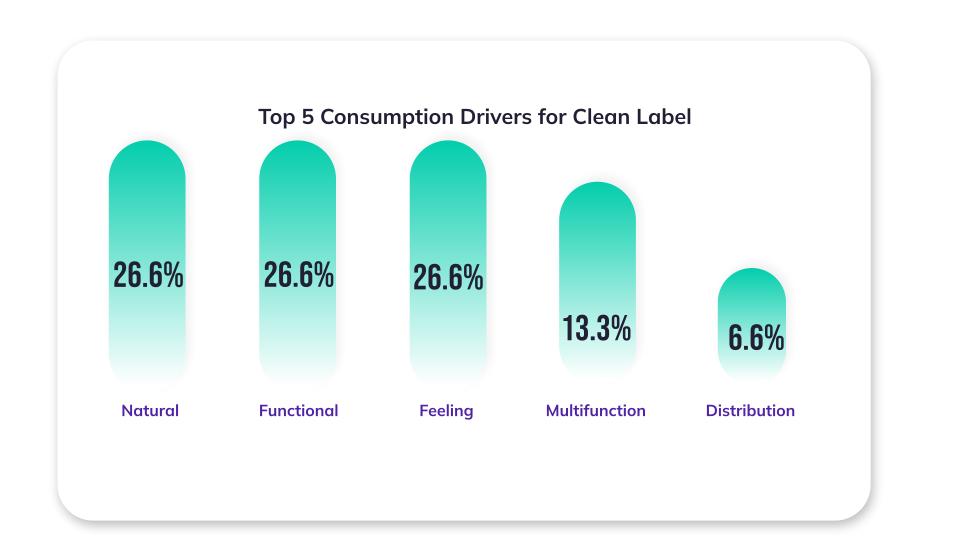
The push for clean labels is not just about wanting food with fewer, simpler ingredients. Consumers, especially Gen Z, demand transparency, ethics, and regulations that ensure “clean” truly means clean. This movement seeks to balance the scales between functionality, natural ingredients, and a positive impact on well-being. However, affordability poses a significant challenge, as the higher costs of clean label products can deter consumers. This highlights a broader challenge for the industry: making healthier, sustainable options accessible to all, aligning with consumer drivers where functionality, feeling, and natural ingredients are paramount.
Clean Label Sales Performance
Imagine strolling through your local supermarket, where the shelves are lined with products boldly claiming “natural,” “organic,” and “free-from.” The clean label products aren’t just catching up; they’re racing ahead, with a Compound Annual Growth Rate (CAGR) of 8% over four years, outstripping the total store sales growth rate of 6% as per Acosta study. This isn’t merely statistics; it’s a testament to a seismic shift in consumer desires towards choices that promise purity, health, and transparency.
But what’s fueling this clean label craze? As governments tighten the reins on food labeling and ingredient transparency, they’re not just setting new rules; they’re crafting a new era of food culture. This legislative landscape is molding consumer expectations and pushing companies towards a transparency revolution. Think about it: every label telling a story of sustainability, every ingredient a whisper of wellness. This study isn’t just presenting facts; it’s sketching the blueprint of a future where clean label isn’t a niche but the norm, propelled by legislative wings and consumer demand.
Consumer Awareness and Preferences
Clean ingredients:
The core of the clean label movement are clean ingredients—elements that promise a return to the basics in an age dominated by processed foods. These ingredients represent simplicity and transparency, marking a shift in consumer preferences towards foods that are natural and unadulterated. Celebrated for their minimalistic approach, clean ingredients are the foundation of products that cater to a growing desire for wholesome nutrition. This trend reflects a broader pursuit of wellbeing, where consumers are increasingly vigilant about what goes into their bodies, favoring ingredients that are as close to their natural state as possible.
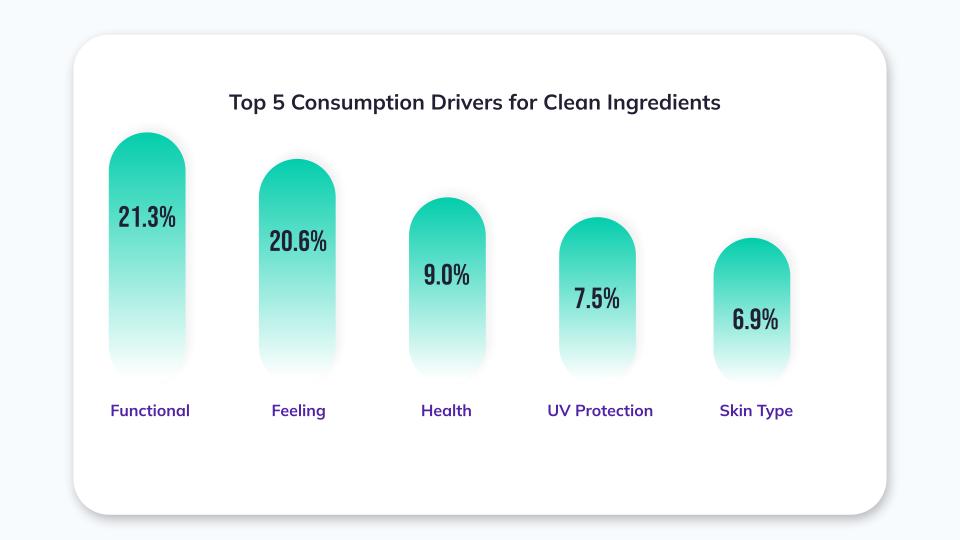
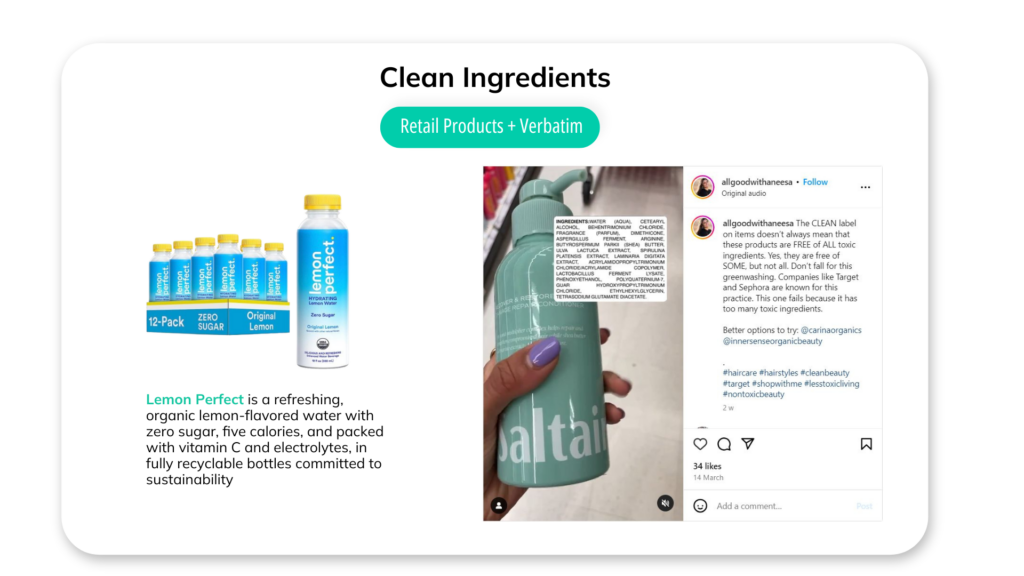
Plant-Based products:
Plant-based products are spearheading the clean label revolution, capturing the attention of consumers looking for healthful and sustainable dietary options. This segment includes a wide array of products, from plant-based milks to meat alternatives, all designed to meet the nutritional needs of consumers without compromising on environmental values. The popularity of plant-based foods within the clean label domain underscores a significant shift towards diets that support both personal health and the planet, showcasing the integral role of plant-based nutrition in the clean eating ethos.
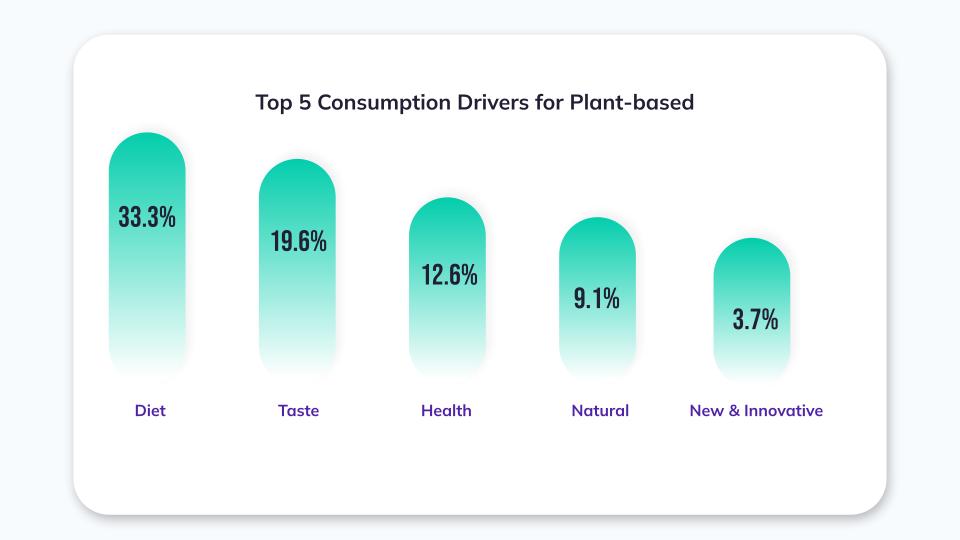
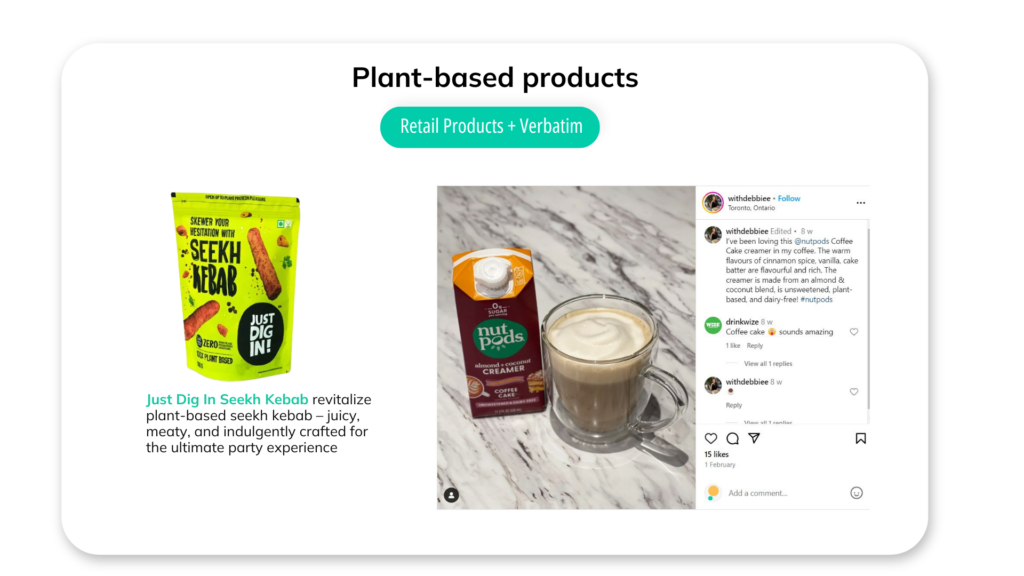
Free From Claims:
“Free from” claims are pivotal to the clean label narrative, guiding consumers towards products that lack unwanted additives and ingredients. These claims often spotlight the absence of GMOs, artificial colors, flavors, and preservatives, resonating with consumers eager to avoid processed and artificial substances. The emphasis on “free from” labels not only reflects a demand for transparency but also a collective move towards foods perceived to be safer and more natural. This aspect of the clean label movement caters to a growing consumer insistence on clarity and purity in their food choices.
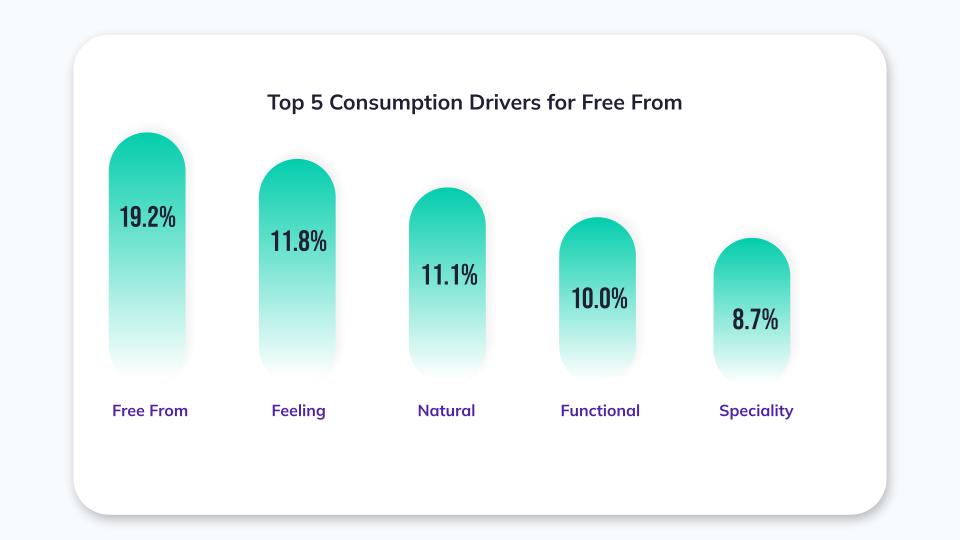
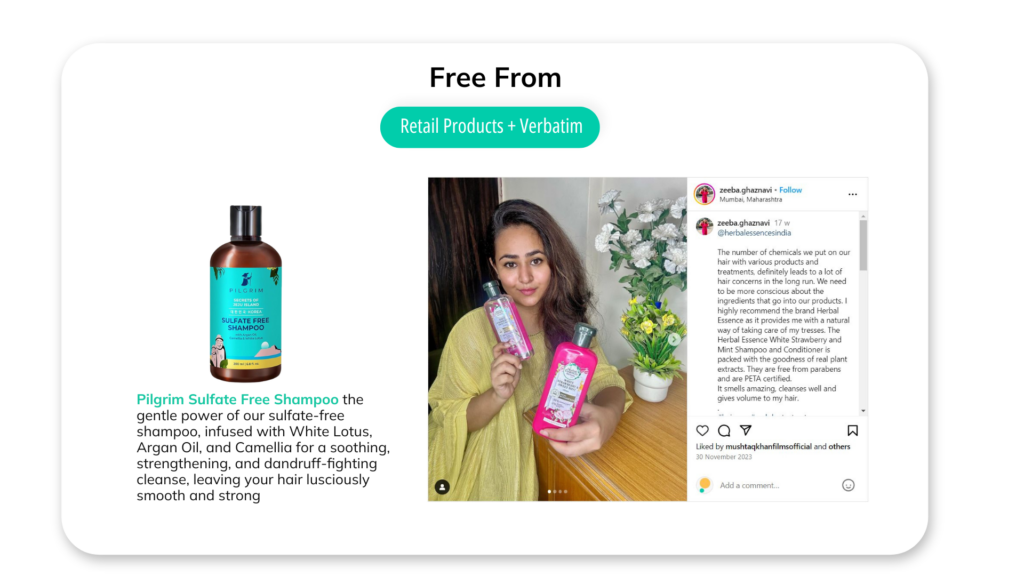
Sustainability:
Sustainability is the backbone of the clean label movement, with an emphasis on products that minimize environmental impact from sourcing to packaging. This commitment extends beyond the choice of ingredients to encompass the entire lifecycle of a product, including how it is produced, transported, and packaged. Consumers invested in the clean label trend are not just concerned with the health benefits of their food; they are equally mindful of its ecological footprint. The focus on sustainability within the clean label movement mirrors a broader societal push towards responsible consumption, highlighting the deep connection between healthy eating habits and environmental stewardship.
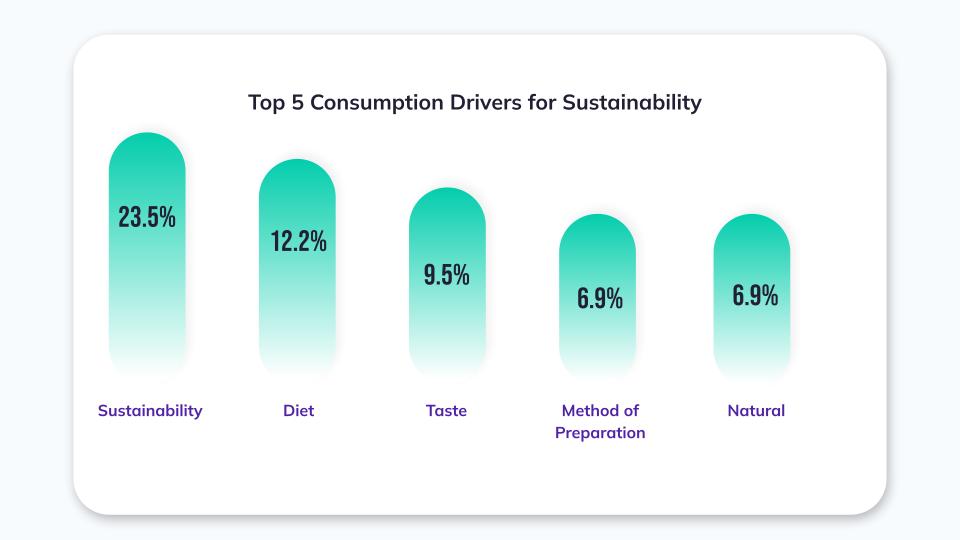
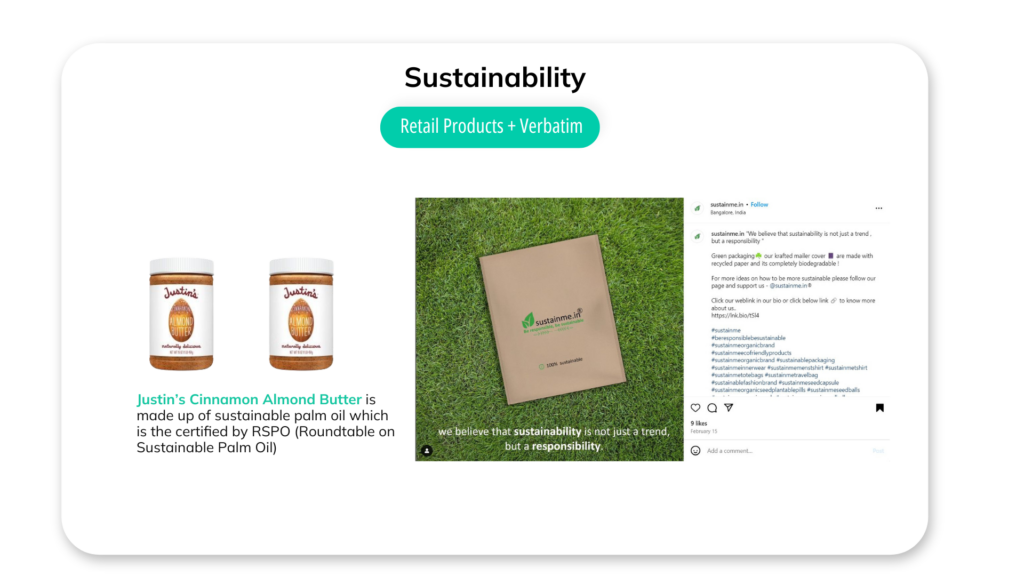
This clean label revolution finds its most enthusiastic champions among the younger generations. Gen Z and millennials, in particular, are leading the charge, advocating for foods that align with their values of health, sustainability, and ethical production. Their preferences are shaping the market, pushing brands to innovate and cater to demands for plant-based nutrition and transparency. This generational skew is not just about personal health; it’s a reflection of a broader concern for environmental sustainability and a collective push towards a more ethical food system. The influence of these younger consumers signals a significant shift in the food industry, as more people seek out products that offer both nourishment and peace of mind, knowing they’re making choices that benefit their health and the health of the planet.
Opportunity for brands
Building Consumer Trust Through Integrated and Strategic Programming
Gaining consumer trust is crucial in the food industry, especially with the growing demand for transparency and value in clean label products. By leveraging integrated and strategic programming, brands can effectively bridge the gap between what consumers expect and what is offered. This involves a holistic approach that includes education, clear communication, and demonstrating the intrinsic value of clean label products. Storytelling that captures the journey from farm to table, underscores the health benefits, and emphasizes environmental stewardship can make the premium on clean label products more justifiable to consumers. This method cultivates a loyal customer base that trusts in the brand’s commitment to quality and sustainability, turning every purchase into a shared investment in healthier living and environmental responsibility. Prioritizing these connections and values allows companies to resonate with consumers, making the clean label’s worth clear and fostering more informed, sustainable consumption choices.
Leveraging Digital and Social Media Campaigns for Education and Promotion
Step into a world where every click, scan, and aisle walk unlocks the story of clean label products. Brands are now weaving digital magic and real-world encounters to reveal what “clean label” truly means. Picture vibrant social media campaigns that light up your feed, interactive adventures just a QR code scan away, revealing the journey from farm to your table, and stores transformed into stages for clean label storytelling—complete with tastings and eye-catching displays. This is more than shopping; it’s joining a community passionate about transparency, health, and sustainability, empowered with the knowledge to make choices that resonate with your values and delight your taste buds.
AI-Powered Personalization in Clean Label Product Recommendations
The potential for leveraging artificial intelligence to offer personalized product recommendations based on clean label attributes represents a frontier for innovation in retail and e-commerce. By analyzing consumer preferences, purchase history, and dietary needs, AI can curate a tailored shopping experience, suggesting clean label products that align with individual consumers’ values and health goals. This personalization not only enhances the shopping experience but also educates consumers about the breadth of clean label products available, potentially increasing market penetration and loyalty. AI-driven insights can also help brands and retailers identify emerging trends and consumer preferences, enabling them to adapt their offerings and marketing strategies proactively. In this way, AI technology not only serves the immediate needs of consumers but also contributes to a more dynamic and responsive clean label marketplace.
Conclusion
The clean label revolution is undeniably reshaping the food and beverage industry, fueled by a societal drive towards health, wellness, and environmental stewardship. From earlier we saw insights into the clean label trend highlight its growing influence on consumer preferences and purchasing decisions. With a significant portion of consumers, particularly millennials and Gen Z, advocating for products free from artificial additives, preservatives, and GMOs, the demand for transparency and natural ingredients has never been higher. This shift is not only influencing product reformulation but also encouraging brands to adopt a more transparent, educational approach to marketing, leveraging digital and social media alongside innovative packaging and in-store experiences to connect with consumers on a deeper level.
As this trend continues to evolve, fueled by consumer demand and legislative changes, it presents an opportunity for brands and retailers to innovate and cater to this growing market segment. By integrating strategic programming, engaging digital campaigns, and leveraging AI for personalized recommendations, companies can build trust, address cost concerns, and promote the benefits of clean label products, thereby ensuring their place in the future of a more sustainable and ethical food industry. This clean label movement is not just a fleeting trend but a significant shift towards a healthier, more transparent food system that aligns with the values of today’s consumers.
Ready to dive into the clean label wave with our cutting-edge AI insights! It’s your chance to boost your brand, charm consumers who care deeply about health and wellness, and establish your reputation in an eco-friendly, transparent food scene. Our technology simplifies the complex, making it straightforward for you to understand and act on what your customers really want. Embrace the future of food with us, where natural ingredients and clear labels aren’t just a trend—they’re a way of life. Let’s make your products the choice for today’s informed and health-conscious shoppers, together building a legacy of sustainability and trust.













